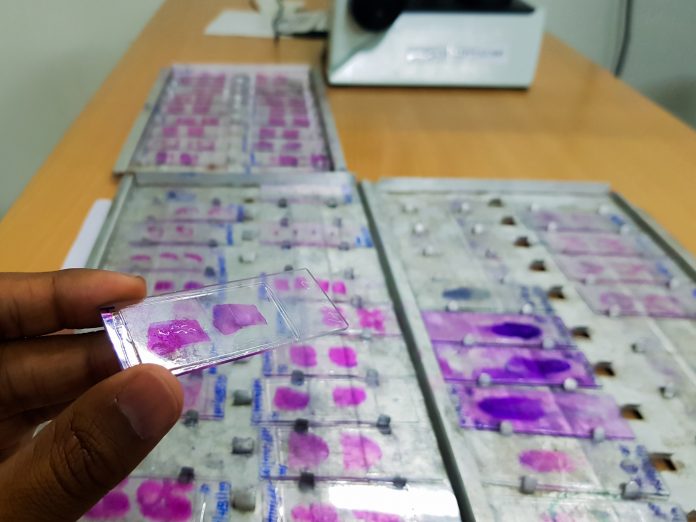
PathAI and Cleveland Clinic have announced a five-year strategic collaboration for using PathAI’s quantitative pathology algorithms to conduct new translational research for use as clinical diagnostics in multiple disease areas, including cancer.
“Pathology is central to the patient journey in oncology,” Andy Beck, CEO of PathAI, told Inside Precision Medicine. “While there have been big advances with sequencing and targeted therapy, there is a major area where we have not yet leveraged new technology, and that is the primary diagnosis of cancer.”
PathAI has built its algorithms based on data from more than 5 million archival samples and the Cleveland Clinic deal adds a million more. This will help PathAI improve its algorithms, as well as provide clinical information for research and validation purposes.
The collaboration will involve the digitization of hundreds of thousands of pathology specimens, creating many more whole slide images across multiple disease areas. By linking this with clinical and molecular data, Cleveland Clinic and PathAI will have a rich multi-modal dataset to conduct research using PathAI’s technology platform and menu of pathology algorithms.
The company says all of these data have been de-identified to protect patient privacy. Cleveland Clinic’s medical team will provide expertise to ensure algorithms are fit-for-purpose in both clinical and research settings.
PathAI, said Beck, is already working with 80% of the world’s top 20 biopharmaceutical companies. The Cleveland Clinic deal is pivotal, in part because this world-renowned health system attends to so many patients. “They see the most advanced disease as well as the rare subtypes,” he added.
In most cases, Path AI has slides from patients who have been involved in research. That will include images from the time of diagnosis as well as a follow up. The company usually also has data on the treatment the patient received as well as the outcome.
“Some of our most highly validated algorithms are trained on between 5,000 to 10,000 images,” Beck said.
In one example, PathAI has been able to improve the detection of PD-L1 positive tumors, which pathologists often have difficulty doing, particularly at low cut points.
The partnership with Cleveland Clinic will also provide educational opportunities for Cleveland Clinic faculty and trainees, with the goal of enabling the development and usage of AI-powered pathology diagnostics to improve patient care. Cleveland Clinic will become an equity holder in PathAI as part of this agreement.
“Our commitment is to provide the best possible care for our patients, and it is increasingly clear that AI-powered pathology can radically enhance diagnostic accuracy and treatment selection,” said Brian Rubin, chair of Pathology and Laboratory Medicine Institute at Cleveland Clinic. “By doing this work, we’re able to maximize the value of machine learning for our patients and fuel deeper innovation that can result in better outcomes.”
“This exciting collaboration accelerates PathAI’s mission to provide precision pathology for everyone. Cleveland Clinic is the ideal partner, with its many leading clinicians, educators, and researchers who are committed to transforming patient care across disease areas,” said Beck.
He added that, “We see an incredible opportunity to accelerate innovation in precision pathology and to use our strengths to bridge communities in the healthcare ecosystem including patients, biopharma, and academic research.”
Challenges ahead include not only the technological hurdles, but regulatory requirements, and then making sure the system gets in the hands of physicians. But Beck sees one big advantage if they can achieve their goals. “Because it is based on machine learning and AI the process should get even better rapidly over time, which we haven’t seen with the legacy system.”













